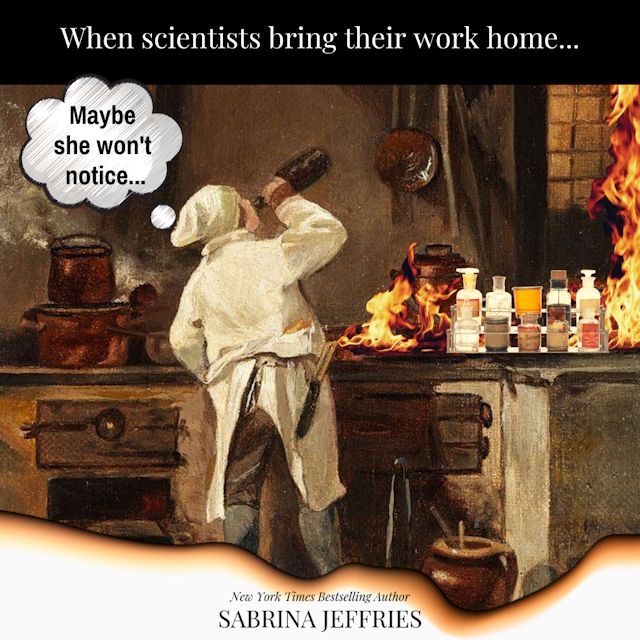The Importance of Pencils

Today I’m going to talk about pencils, because the quill gets all the attention for Regency writing implements. But seriously, I had to do so much research to figure out why people lick the tips of pencils before they start writing (because I wanted my heroine to do it, naturally), that I figured I would fob some of my knowledge off on you. The answer to that question is complicated, but the fluid does make certain kinds of pencils write better. Anyway, you may already know that the writing part of pencils isn’t made of lead, but of graphite. The pencils in the Regency were probably from graphite sawn from a large deposit discovered in Cumbria, England, in the 1500’s. Pencils in England continued to be made from that deposit until the 1860’s. The pencils in Germany, however, were made from a mix of graphite powder and clay developed by a German at the end of the 1700’s. Fun fact: during the Napoleonic Wars, the French couldn’t get pencils from England or from Germany (both were their enemies), so a French officer in Napoleon’s army independently invented his own graphite powder and clay mixture to enable the French to have pencils. Who knew that pencils were so important?




